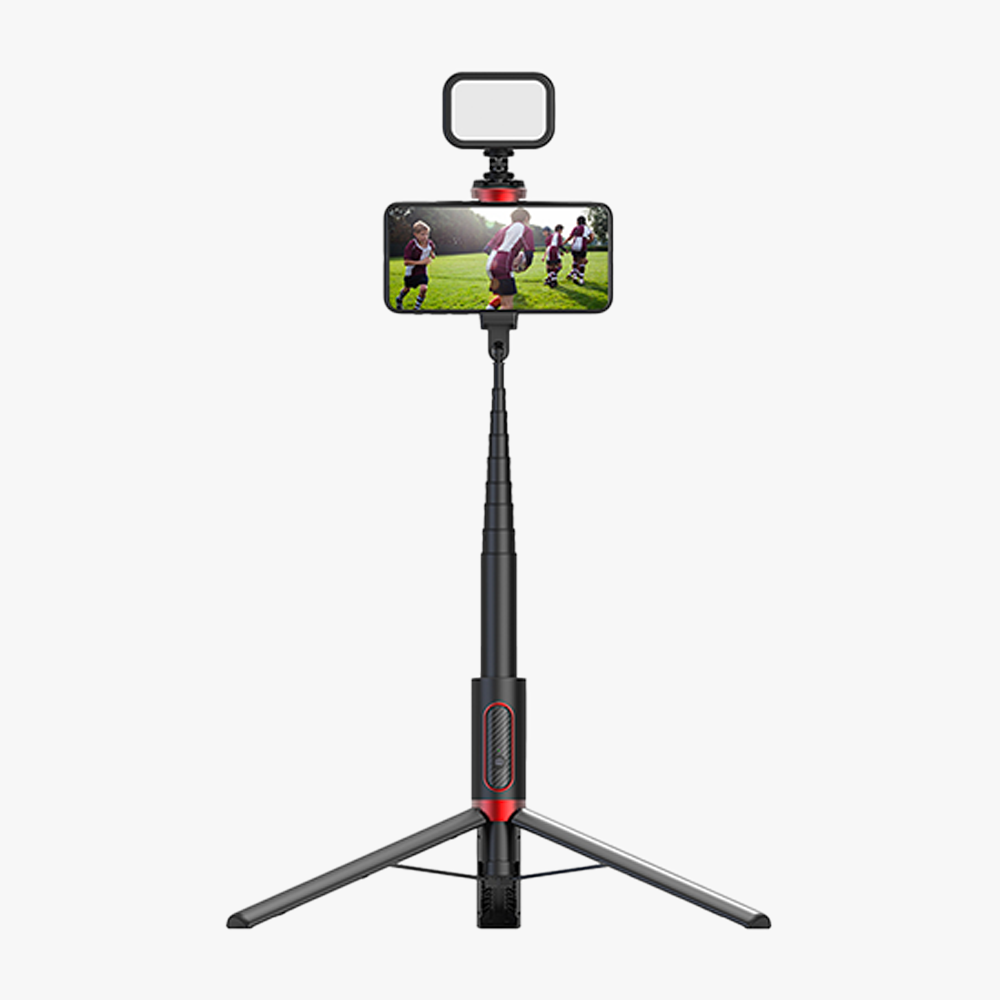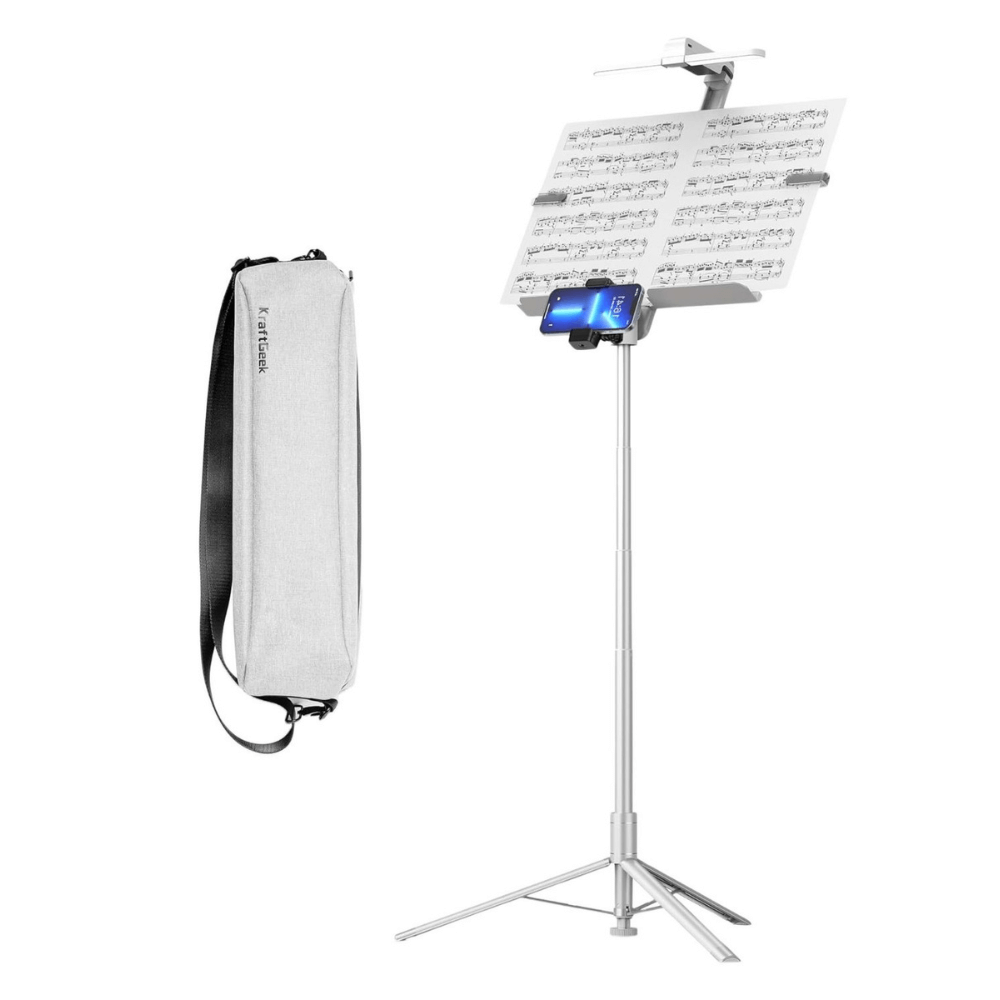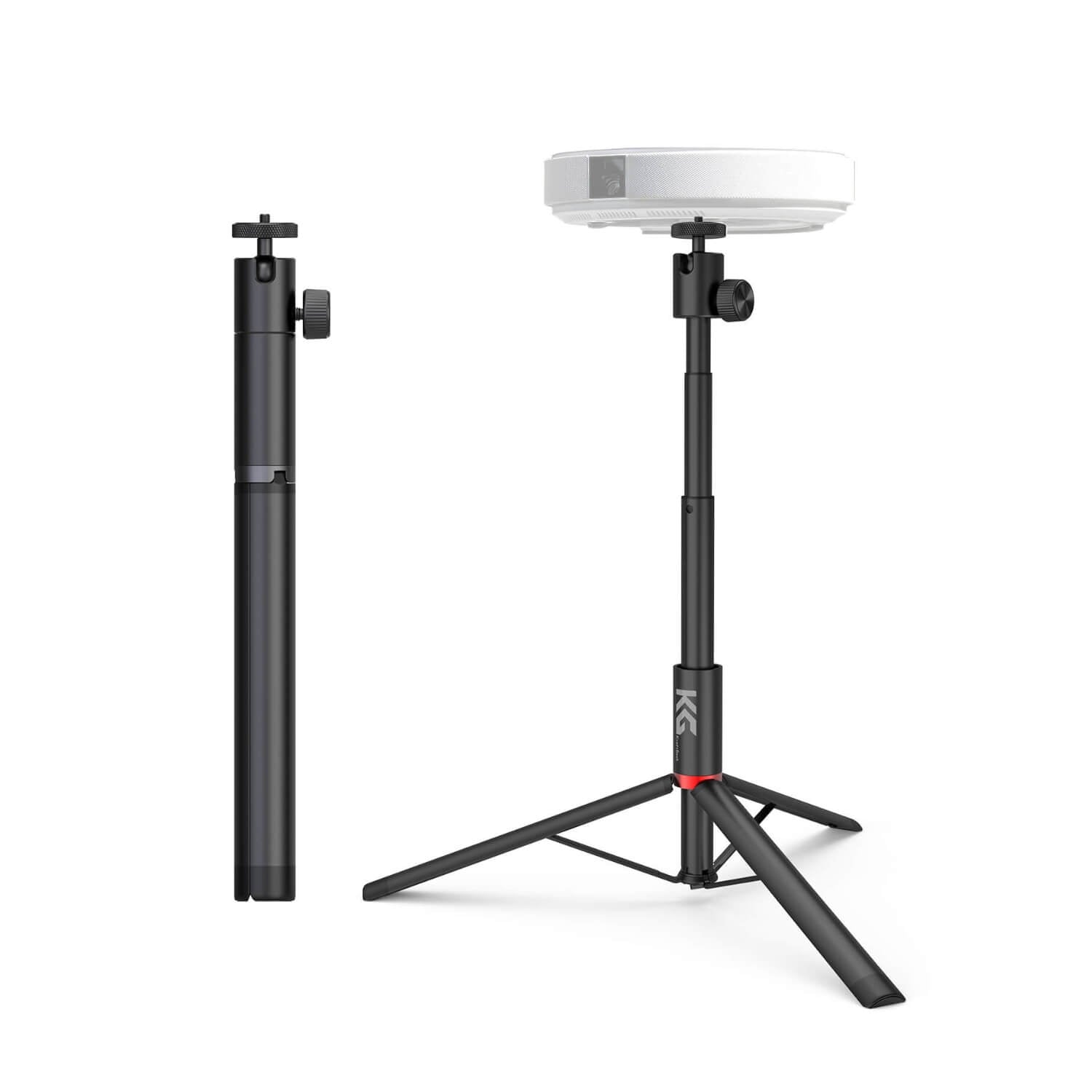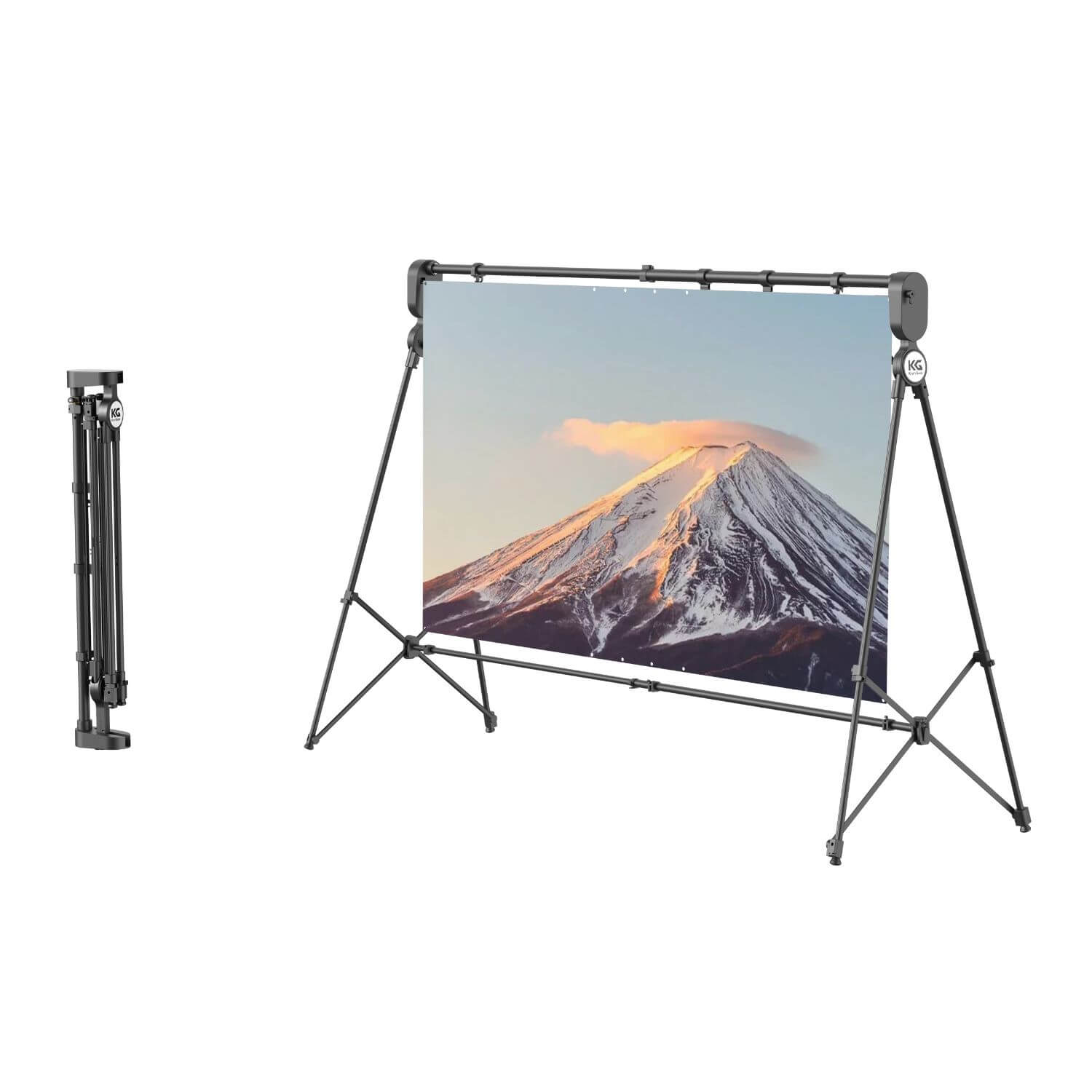Today, we can find a lot of options in the market and it is difficult to identify technical specifications and features. This blog is here to simplify the procedure and enlighten you about these basic factors that you ought to know before selecting the right camera.
Setting Your Budget
In your budget planning, don't only take into account the cost of the camera body as you may have some additional expenditure on lenses, memory cards, batteries, and camera bags. It is good to find the balance between the price and quality of the camera and buy the one that will do its job and not break the bank.
The approach that varies to budgeting is the one where you confine your price bracket within a range that matches what you need and want. As an illustration, if you are planning to spend less than $1000, there is a huge number of products to satisfy your needs. On the other hand, if you are willing to extend your budget to $1,000+, you may find offers of premium features and more durability within your budget.
In addition, remember that accessories may appear inexpensive at first but their price can climb very quickly. Take care to list what other items might be desirable for your photography, such as lenses for different shooting possibilities, a strong tripod for stability, or an external flash to open up better lighting control.
Exploring Camera Types
1. Point-and-Shoot Cameras
The point-and-shoot cameras are not only small and light but also easy to use, which makes them a perfect fit for beginners or those who take photographs recreationally. Many of these cameras now have auto modes where most of the technical settings are handled while the user can concentrate on framing the scene.
Unlike the interchangeable lens, point-and-shoot lacks versatility but becomes a necessity for daily photography and travel due to the small compact size and the ease of operation.
2. Bridge Cameras
Bridge cameras offer something in between the everyday point-and-shoot and the more complex DSLR and mirrorless cameras. They have a fixed lens that will let you reach further subjects without having to adjust it which is obviously much more convenient when compared to their competitors.
Likewise, being that bridge cameras generally yield manual controls and as well as advanced shooting modes, they become apt for photography users who want more artistic control without the complexity of interchangeable lenses.
3. DSLRs (Digital Single-Lens Reflex Cameras)
DSLR cameras are the traditional option to satisfy photographers and professional purposes. DSLRs stand out due to their optical viewfinders, interchangeable lenses, superior build, and the quality of the images they make.
Entry-level DSLRs offer an opportunity for beginners to learn and advance their photographic skills, and the advanced models include lots of features beyond fast autofocus, fast continuous shooting, and advanced exposure controls.
4. Mirrorless Cameras
In recent years, mirrorless cameras have come in to attention for their compact size, light bodies, and advanced technology. Different from bulky DSLRs, mirrorless cameras don’t have a mirror device, which makes them lighter and minimizes the camera body size without killing the image quality.
This camera line incorporates interchangeable lenses, advanced autofocus systems, and 4K video recording, allowing it to be used in a number of photography segments, including portrait, landscape, and street photography.
Lens Selection And Quality
1. Focal Length
When you talk about the choice of lenses, the focal length is the key factor to note because the angle of view as well as the degree of magnification in your images depend on it. The lens is available in various focal lengths that start with the wide-angle and go on to the telephoto and each one of them has its own purpose of photo making.
Wide-angle focal lengths, which usually go between 14mm to 35mm are ideal for the purpose of capturing vast landscapes, skyscrapers, and inner scenes, with a wide field of view that also exaggerates perspective and uncovers shallow depth of field.
The normal focal length exemplified by the 50mm is the natural viewpoint for various scenarios such as street photography and portraits. As for telephoto lenses, they can deal with subjects even further away, such as wildlife, sports, and portraits.
2. Aperture
The diameter of the round opening the light passes through to the sensor is termed an aperture. Aperture is revealed through f-stops and the smaller the f-stops, the better the aperture and the more light the images receive.
The aperture besides being a regulator of exposure is also in charge of the depth of field which is an identifiable area of the image that is in focus. among various kinds of lenses, the ones with wide apertures like f/1.8 or f/2.8 are suitable for shallow depth of field and background blur which is essential for portraits and photography in poorly illuminated areas.
However, the high f/stop lenses such as f/8 and f/11 mean that these lenses have a smaller aperture which in turn gives you more depth of field and they are especially suited for taking pictures of landscapes and architecture.
3. Lens Types
There are a lot of lens types offering various solutions for different purposes in photography. Although prime lenses with fixed focal lengths deliver better image quality such as wider aperture as well, they are especially suitable for portraits, street photography, and low-light conditions.
The opposite set, zoom lenses, on the other hand, have fixed focal lengths that are variable, which enables zooming in and out of the subjects without exchanging lenses. Special lenses such as macro, fisheye, and tilt-shift lenses with peculiar features and interpretations enable photographers to try different techniques and compositions that cannot be utilized with typical lenses.
4. Lens Quality
Lens quality is an essential factor in deciding the overall performance of a camera system as well as the picture quality. Premium lens materials, such as those made of optics and polycarbonates, ensure that the images produced are precise, clear, and without deviations or aberrations.
During the lens selection process, lens construction, optical coatings, and focus characteristics (auto or manual) are elements that should be considered in order to achieve uniform results in a variety of shooting circumstances. However, although quality lenses may be expensive, the addition of optics is the most essential part of your system, which is the key to professional-grade results.
Additional Key Features To Consider
1. Camera Tripod
A camera tripod is a necessary tool for photographers, helping to hold the camera incredibly still and stable during long exposures, low light, and precision compositions. With a stable tripod, a photographer is able to shoot their pictures with no blurring and convenience since it is also needed in use of slow shutter speeds and telephoto lenses, among other things.
As you're choosing a tripod, take into account features like the weight, height, material, and load capacity to ensure that it is a perfect match for your camera setup and shooting style. Apart from this, check the adjustable legs, quick-release mechanisms, and ball heads for diverse positioning capabilities and smooth operations interacting with different shooting environments.
2. Wireless Connectivity
Newer models of digital cameras usually incorporate built-in wireless features (Wi-Fi, Bluetooth, NFC), which allow for quick and smooth workflow between the smartphones, tablets, and computers for file transferring, remote shooting and social media network sharing.
With wireless communication, you can quickly transfer photos from your camera to your phone for immediate editing and sharing without having to deal with a tangle of wires or memory card readers. The freedom of a wireless connection allows you to effortlessly upload your pictures to your friends and followers or even play around with the camera by controlling it remotely to make unique self-pictures as well as group shots.
3. Shooting Modes and Creative Effects
Discover the shooting modes and special effects that your camera provides you with to find your artistic vision and dare to explore different styles and techniques. Automatic modes for the ease of photography and manual modes for advanced control over the exposure settings are the different shooting options that cameras provide. This fits every level of expertise and taste.
Also, experiment with built-in features like scene modes, picture styles, etc. so that you can create your own style and tone. As a photographer, you can use different photography features like creative tools and, movie mode to display yourself as an artist and showcase your experience and individuality.
4. External Flash and Lighting Accessories
While the majority of digital cameras come along with their built-in flash units, purchasing external flash and lighting accessories can help you elevate your photography at places where natural light conditions are poor or you want to utilize studio settings for creative photography.
External camera flashes deliver more power and options for lighting effects giving your images the same quality that pros usually achieve by creating a balanced exposure and natural-looking lighting. Think about the accessories like flash diffusers, reflectors, and off-camera flash triggers to make the right kinds of light and stunning visual effects, and creative lighting setups that will be appropriate for your photos.
New vs. Used Cameras - Which One Should You Choose?
If you are thinking of purchasing your first camera, the main decision you are going to be facing is whether to have a new or a pre-owned model. Every way has its own pros together with cons, and understanding the differences can be helpful in the decision-making process that will match one's budget, preferences, and photography objectives.
New Cameras
Choosing a new camera has several advantages including the latest technology, warranty protection, and less fear about the camera's condition and functioning. Often, new cameras are equipped with updated features, improved performance, and better reliability than older models, thus they become great options for photographers who are technology conscious and looking for long-term support.
Apart from that, new cameras usually come with a manufacturer's warranty that indemnifies against defects and malfunction in a certain time range. This gives reassurance and support for the beginners.
On the other hand, a camera’s purchase can involve a higher price, especially for top models and costly accessories. The starting price may be high but the new cameras offer the latest imaging technology innovations and updates that lead to optimal performance and future upgrades and accessories compatibility.
- Latest technology & features
- Warranty coverage included
- Peace of mind on condition/performance
- Higher initial price tag
Used Cameras
Using a previously-owned camera is possibly the most eco-friendly and economical option for photography enthusiasts with a limited budget but want good quality and performance without compromising. A lot of used cameras are cheaper than the new ones. So, photographers of limited budget, as those who want to try a range of cameras, brands and systems, can buy cameras for an affordable price.
However, when you go for a preowned camera you can have a wider choice of years, generation and accessories that may no longer be available as new. Even though the used cameras offer competitive cost savings, one must be very deliberate in purchasing pre-owned ones to guarantee an enjoyable and secure experience.
Before making the purchase, identify any signs of wear, damage or breakdown through a thorough inspection of the camera, and ask the shopkeeper about the camera’s history, usage, and maintenance. Instead of getting used gears from obscure sellers, spring for trusted retail stores or certified pre-owned programs that come with warranties, return policies, and quality guarantee to shield you from risks.
- Cost-effective alternative
- Access to a wider selection
- Inspection is needed for wear/damage/malfunction
Product Recommendations
Conclusion
The most important thing in your choice of the first camera is to remember that it's not the gear only which counts but the memories, moments, and experiences that you will have when carrying it. Whether you pick a point-and-shoot, DSLR, or mirrorless camera, one thing that really matters is your zest for capturing images and your determination to explore and grow as a photographer.










